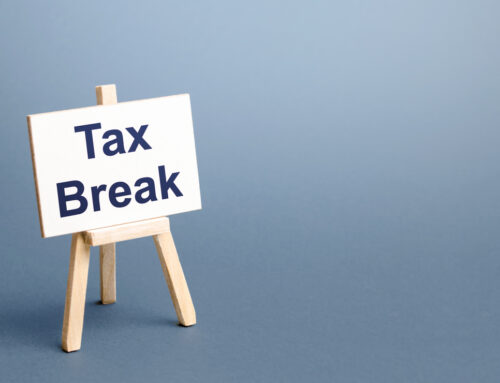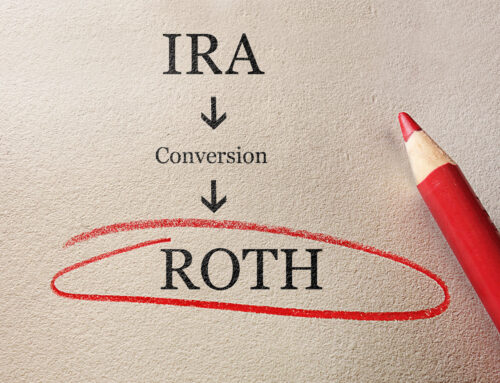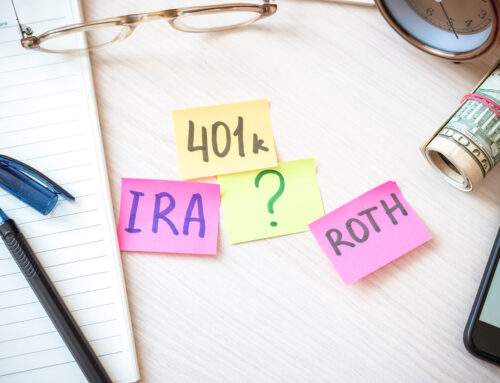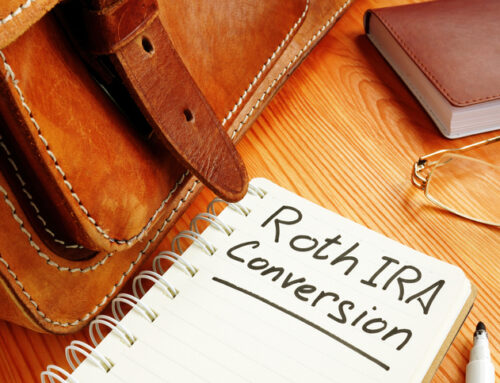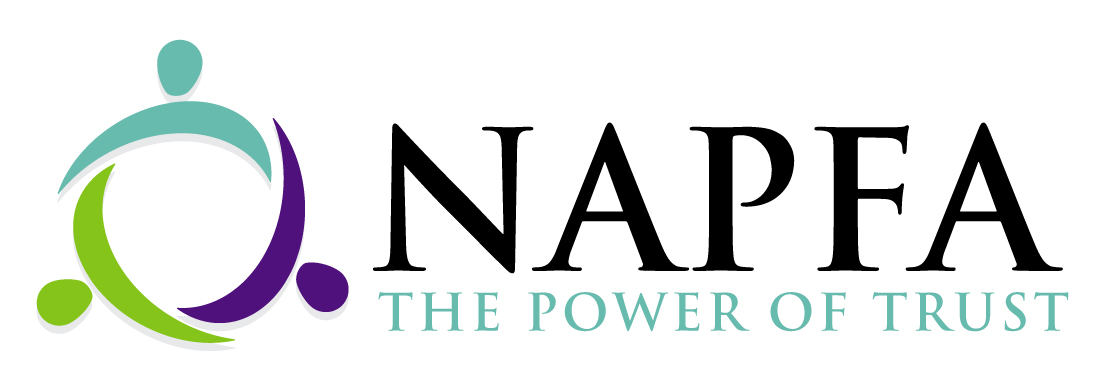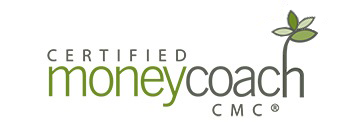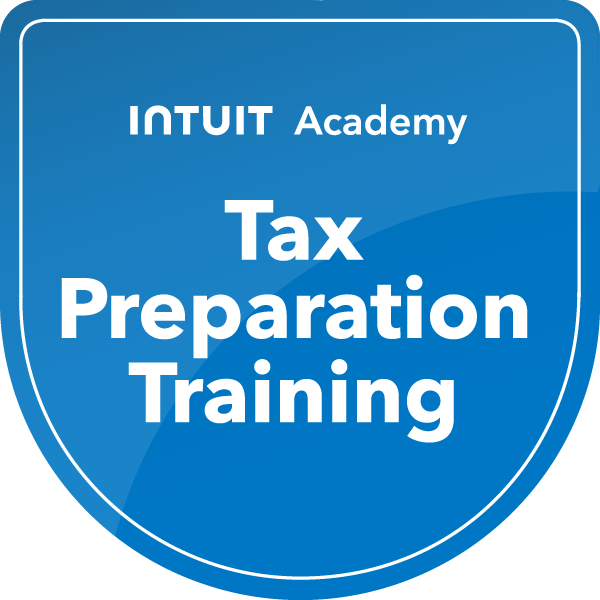The first thing to do is review the goals that you created for the year and see which ones you completed. This is something to celebrate, so give yourself a well-deserved pat on the back! Next, consider the remaining goals and note the progress that you made. Are you on track to complete the goal(s) in the timeframe you determined? What, if any, course correction is needed? How can you enlist your financial planner to help you to get outstanding items done? From there, you are in a better position to consider several things to maximize your year-end tax savings.
Donate appreciated investments that you have held for more than one year to obtain a tax deduction, assuming you itemize. With highly appreciated stock, it is typically more advantageous to use the fair-market value to calculate your deduction, even though the percentage gain is less than what you paid for it (basis). Keep in mind that you can only deduct up to your adjusted gross income (AGI) percentage ceiling, which is currently 30% for long-term capital gain donations. Any amount above that threshold can be carried forward five years beginning the year after the donation.
I’m Still Working
For those still working, check to see if you have maximized contributions to your 401(k) retirement savings and Health Savings Account (HSA). An HSA is one of the most valuable tax-savings tools available to meet your future medical expenses as they come with triple tax benefits.
For both HSA and 401(k), you also have an added benefit of adding a ‘catch-up’ contribution if you are age 50 or older.
Employers are typically offering their open enrollment periods at this time, so be sure to adjust your payroll deductions to maximize contributions before year’s end. And, if you are not enrolled in your employer’s high-deductible health plan (HDHP), it may be worthwhile as it will provide access to having an HSA account.
I’m Retired
For those already in retirement, things to look for are tax-loss harvesting (TLH) opportunities, Roth conversions, and Qualified Charitable Distributions (QCD). Through a QCD, you use your tax-deferred Individual Retirement Account (IRA) to make donations to a qualified charitable organization and satisfy your required minimum distribution (RMD), thus not having to pay the taxes on your retirement savings and fulfilling your charitable intent. You must be 70.5 years of age to do this.
Retirees will also benefit from looking ahead to next year’s income planning, which is something you should start discussing with your financial planner.


